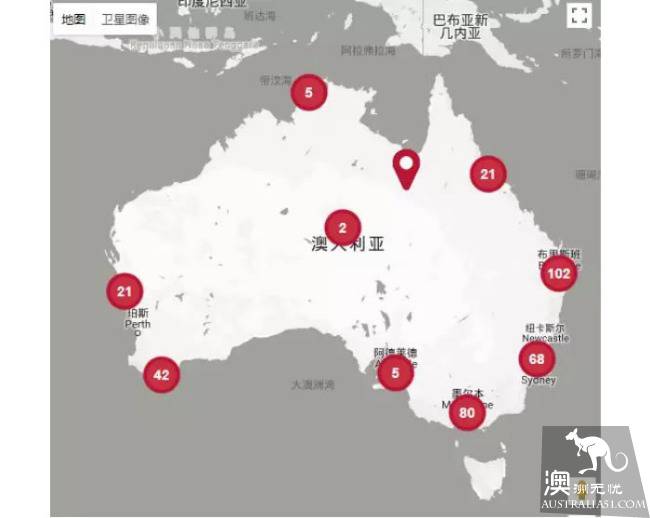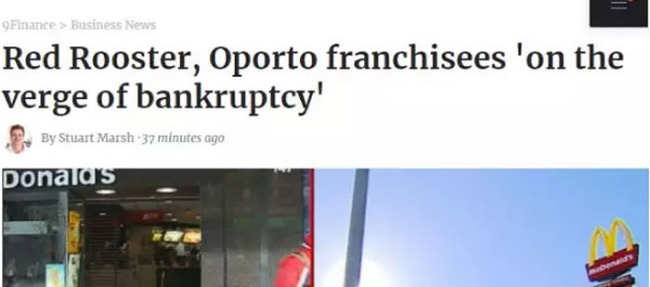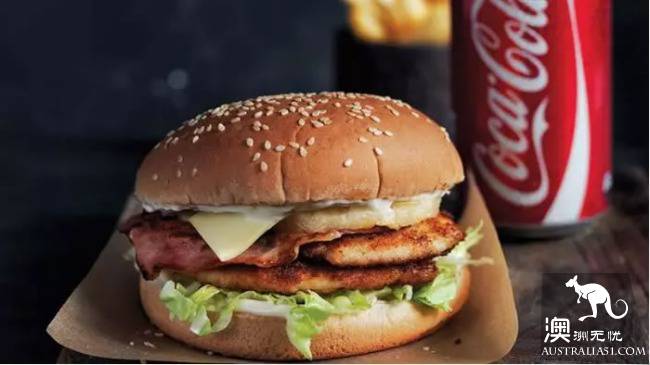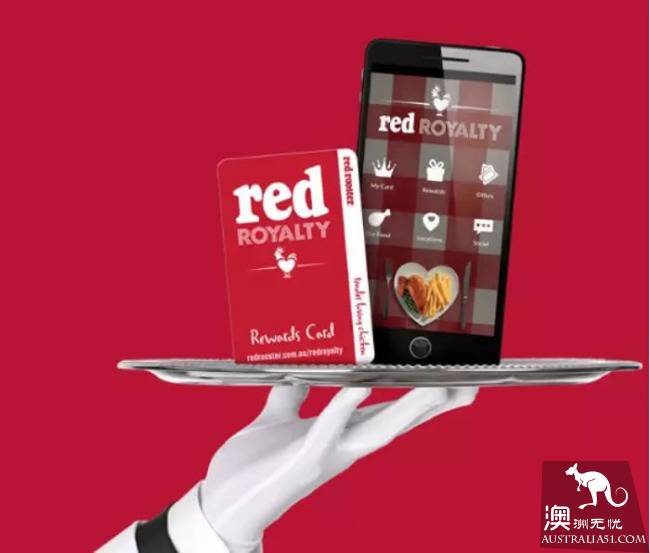In Australia's streets, the home-grown chicken restaurant Red Rooster has always had a foothold in the fierce market competition. Red rooster signs can be seen everywhere. They claim that their chicken is the most delicious, freshest, especially seasoned and salted healthy food.

(photo source: Red Rooster)
To date, Australia has nearly 400 chain stores.
Today, however, the owners of several Red Rooster,Oporto and Chicken Treat restaurants claim they are on the verge of bankruptcy because of the high costs and operating restrictions imposed on them by the companies that control the chains, as well as the poor business model.
1. bankruptcy?
There are 570 Red Rooster,Oporto and Chicken Treat restaurants across Australia, run by a company called Craveable Brands, which is owned by Archer Capital, a private equity firm, according to a number of Australian media reports.
Just now, the owners of several chains claim they are on the verge of bankruptcy for reasons such as high costs and operational constraints.

(photo source: 9 NEWS)

(photo source: Sydney Morning Front)
Craveable Chartered operators Association was established nearly a year ago to protect the interests of Craveable franchisees.
So far, they have filed an investigation that says many franchisees are struggling, saying: "many owners are in trouble because of Craveable's poor business model."
2. Competition of the same kind of products
Franchisees claim that there is a conflict of interest between Craveable's two brands, Red Rooster and Oporto, because both are operating "very similar businesses" that sell chicken-dominated fast food.
"the common complaint about Red Rooster is & # 39; the same chicken, which costs half as much in the local supermarket as in their store & # 39," the affiliate said. "but it is not feasible to treat chicken, such as adding flavors and sauces, because it will compete directly with Red Rooster's sister brand, Oporto."

(photo source: Sydney Morning Front)
In addition, these two sub-brands are often opened nearby, resulting in a decline in their respective interests, reducing competitiveness.

(photo source: Sydney Morning Front)
3. Product cost
The documents submitted by franchisees emphasize the high cost of reliable franchisees' goods, which they claim are "significantly higher" than their competitors and have a direct impact on the profitability of stores.
"you can buy the same drinks at a local supermarket at a cheaper price," the franchisee said.

(photo source: red rooster)
"A very good example is Mount Franklin's water, which can be bought at IGA for A $11, but at a store offered by Craveable suppliers for A $18."
In addition, the document claims that it would be more expensive to buy items from restaurants such as plastic cutlery from Craveable than at stores.
(photo source: red rooster)
4. Loyalty programs and door-to-door delivery
Craveable's catering companies have an incentive program for customer loyalty. Customers receive A $1 for every A $15 they consume, bringing the average cost per store to more than A $2500. This has caused the costs of many stores to rise in a straight line.

(photo source: red rooster)
Another controversial issue is the delivery on-site service, launched two years ago, which franchisees said "has created further financial pressure" because of increased vehicle ownership costs and higher wage costs.
"the delivery model has not been implemented effectively, leading to the split of sales of major businesses, or in-store sales, resulting in significant cash flow problems for all franchisees," the franchisee said.